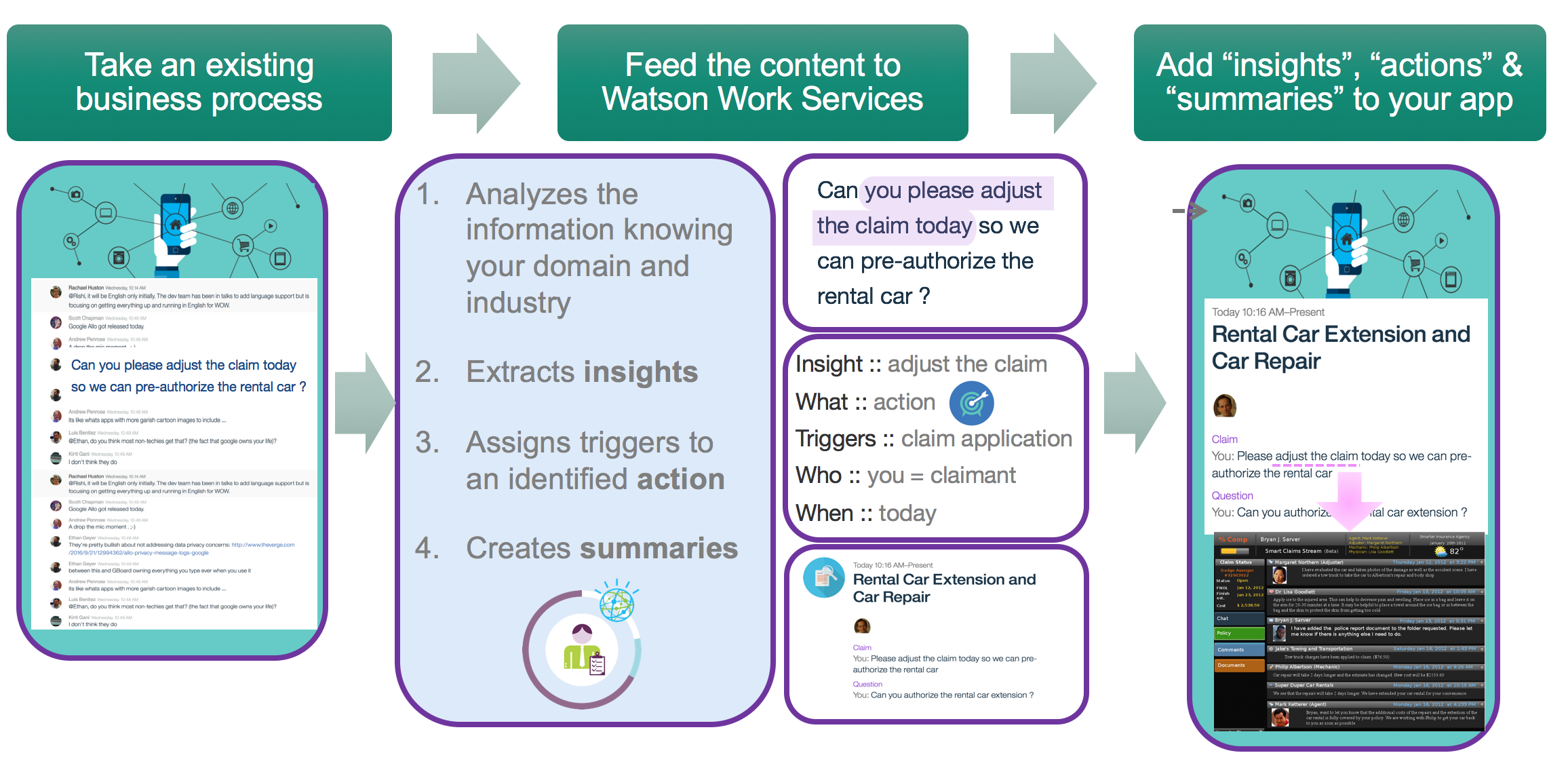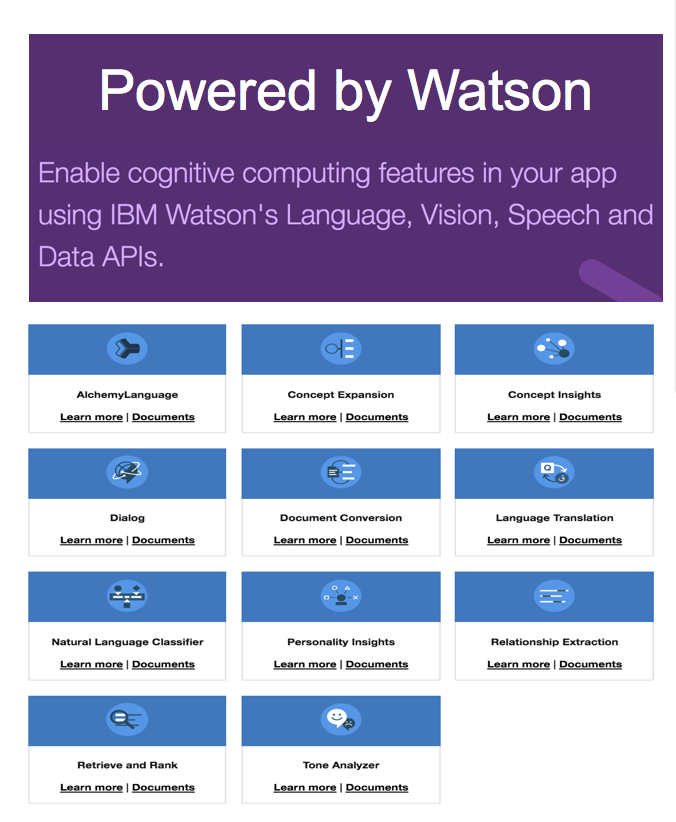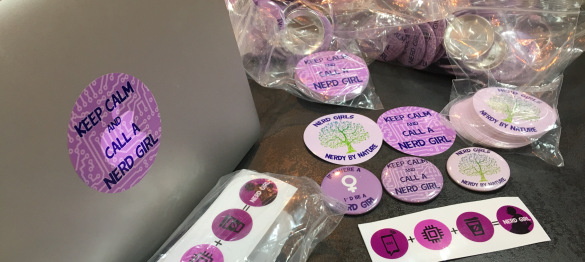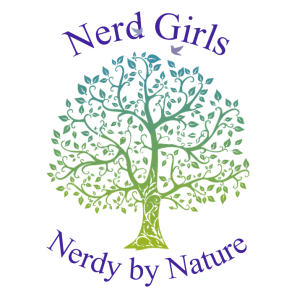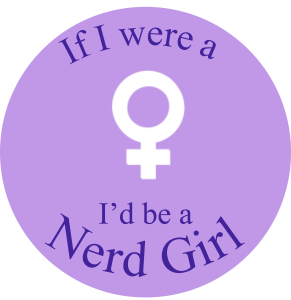So here I am still in San Francisco, it’s Friday morning and IBM Connect officially finished its last session at 3.15 yesterday but we all know sessions are only part of the story, there was then the on stage photo, the post conference Penumbra meeting (in the bar of course) the post meeting drinks, the post post drinks early evening drinks with people who left last night and then the wrap up celebratory drinks. I’ve drunk a lot of water overnight.
So - how was it? I’ll summarise here but I want to go into more details on further posts today and over the weekend. I didn’t want to make this too big. Someone asked me last weekend what would I consider a successful Connect for me. It was a good question and my answer goes to the core of what any conference is about for me, did I learn new things and find new things to learn. The answer this year was yes, I most definitely did.
In fact I would say it delivered the best content in an IBM conference for years.
(going all in on the formatting there to make sure the point isn’t missed).
So what worked and what didn’t? I’m a positive person and I came out of this conference on a high and excited about the future of what the products are delivering for customers and how IBM are entirely changing (at least in one area first) their development process. Oh and I have lots of shiny new things to learn. I was told that not everyone likes to learn new things but I refuse to believe that. So I’m starting with the good. If you want to see the not so good scroll to the bottom and maybe question why you want to do that 🙂
- The engagement sessions on the expo floor were a great idea. 30 minute sessions that were held in a cubed area within the show floor with lots of interesting side topics given by industry presenters. My favourite being “The Internet of You” given by Linden Tibbets the CEO of IFTTT.
- Friends and champions were there. Seeing people in person, talking honestly about what we think is good and bad and where we go from here, is a huge part of why I attend
- The content and breadth of topics was better than I’ve seen in years and in fact I went to more sessions than I have probably been to in a decade, and learnt more too.
- Having the design studio as well as the research lab on the show floor accessible in an open area
- The format of both Opening General Sessions
- The speaker at the closing general session (Eric Whitacre) - who spoke about music, creativity and collaborative choirs. This is the piece he finished with which was accompanied by an onstage choir as well. I think most of us found it hard to speak afterwards. Go watch this http://ericwhitacre.com/the-virtual-choir/history/vc4-flytoparadise
- The IBM team who were not only available but seemed genuinely positive about the products’ future, their own initiatives and the conference. Everyone was keen to both hear our feedback and ask questions.
- The Nerd Girl session on The Imposter Syndrome which was I believe our most successful yet. I’ll be posting slides and more
- My own session on Single Identity including risk and the Internet of Things. I was nervous but I think it went well. I want to add some more words to the slides for anyone downloading and once i’ve done that i’ll post it.
- Being able to say “see you in three weeks at Interconnect” or “see you in Antwerp in May” to friends as we parted 🙂
There were a lot of sessions about new technologies and strategies and I want to talk about each of these in separate posts but briefly…
Domino, Cognitive and REST APIs
Several good news items from the Domino side but I think IBM “buried the lead” somewhat in the OGS with only a brief mention of the new REST APIs that are coming out for Domino including those for directories and calendar. I also spoke to several IBM engineers about Domino and they are very pleased about the move to feature packs because it allows them to roll out new features sooner. There was no downplaying of Domino or its future and some interesting updates coming in FP9.
Connections and Connections Pink
Take a deep breath - this is exciting and speaks to a complete change in how IBM are approaching product development and engagement with partners/customers during development. If you are using Connections on premises then Connections 6 with all its new features is due early in Q2 and you want Connections 6 not just for itself (Orient Me and custom Community design to name only two) but also because that’s how you will then get to Connections Pink.
So what is Pink?
Imagine IBM has thrown out the current Connections architecture, no more WebSphere, DB2, SQL, Oracle, Cognos, J2EE applications all gone. Imagine they have a single code stream for Connections so that whether you’re in the cloud or on premises the features are identical. Imagine all of this is deployed inside docker containers - basically a way of packaging and deploying applications that don’t require you to understand how the applications themselves work, only how to install the containers (think VMs yet not VMs but like VMs but not). Now imagine you can choose where your data is stored by service, maybe you are happy to have your blog content stored in the cloud but want your profiles data stored on premises. Imagine you will have a proxy service that allows you to not only “skin” Connections to look how you want but also to place your own elements like buttons and actions “floating” on top of an activity page for instance. Now imagine all of that without any data or system migration to get there.
It’s a magical world and there are a lot of very very smart people who are working hard to get you there. Much more on this on my next blog post.
Livegrid
A new development platform for Connections Pink (led by the work of the amazing Maureen Leland) to allow you to write your own applications (in addition to all the extensibility stuff). Intended for use by everyone from power users up to hardcore developers. Very promising ideas still in early days but working in real life and with a big shining light directed on it.
Watson Work Services
You’ve heard the jokes about how will on premises customers get access to Watson right? I mean it’s a huge giant brain and you can’t just install that in your offices. It’s also been presented as a solution to big problems within big industries, healthcare for instance, so exciting as Watson is conceptually it was hard to see how most businesses could access it. What if I want to use the intelligence of Watson in my applications or even for development - how do I do that? Watson Work Services is the answer as it allows you to write code that calls on Watson in the cloud and delivers back data in response to queries. It’s charged by the number of calls you make to the service so, as the designer of the application, the cost is entirely within your control. Even better, as application developers our cost of entry to introduce Watson services into our applications is potentially pennies. IBM confirmed that Verse on premises will have cognitive services and that there will even be a cognitive plugin for the Notes client.
Sametime 9.0.1 Fixpack 5
Not just any old fixpack but one that includes lots of new features for on premises that bring it more inline with Sametime in the cloud.
Onto The “Not So Good”
Let me start this by saying I’m not someone who lives in the past, I believe in what’s in front of me having as much potential as what’s behind me. This isn’t Lotusphere and I’m not just saying that because the name changed. Or the month. Or the location. It just isn’t that conference. It has a very different feel and focus. Having said that, I missed the Dolphin Rotunda. I’d take any single place where you can sit and see people as they walk through and bump into friends and just hang out. With everyone staying at different hotels (7 or 8 different ones) there was no chance of bumping into people, nowhere to retreat and watch the conference pass by and a lot of effort required to arrange meet ups each evening. Wherever Connect ends up or whatever it ends up being we need to fix that next time.
My second biggest problem with the event was the attempt to hang onto the past and still move into the future, at least that’s what it felt like. Things like Gurupalooza and references to the “nifty fifty” are meant to be comforting to us old schoolers but to me they are just a depressing reminder of a time that has past. It was great, I loved it for 20+ years but it’s gone now and let’s not pretend otherwise. We don’t need pandering to and we don’t need a pretzel cookie. Those of us that are there are there because we have moved forwards and we do believe what’s in front of us is better to focus on than what’s behind us. YMMV
I hated the location. The Moscone West is fine as a conference site but it was a bit soulless and there wasn’t really anywhere to hang out. The surrounding area was ‘let me walk you back to your hotel” sketchy as well. And the food. Oh dear. Universally cheap and terrible and I’m not usually bothered by that kind of thing. Cold sandwiches, plastic cutlery. Cheap cheap cheap.
The low energy crowd in the OGS was a bit disconcerting. There were several places I would have applauded but it didn’t feel the room was with me. Interested yes. Enthused no. The pocket of Champions in the room were giving it the old school energy but I realised this conference had a very difference audience and they weren’t responding as “we” used to. It’s OK. In every technical session I went to that didn’t happen and people were clapping all the way through.
So that’s my initial wrap up. Lots of good. Enough so that if it had been held somewhere else I would have said it was better even than last year. Let’s do it again soon, just maybe not here.
